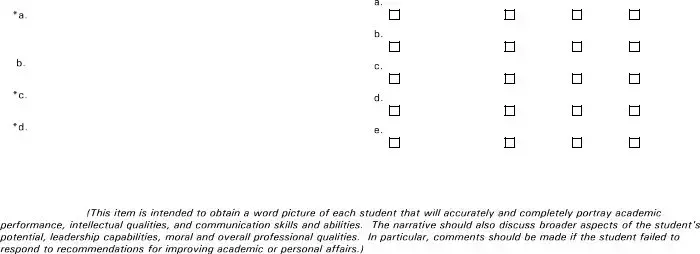The DA Form 1059, known as the Service School Academic Evaluation Report, plays a crucial role in the professional development and career trajectory of service members within the United States Army. Mandated by AR 623-3 and overseen by the Deputy Chief of Staff, G-1, this form meticulously captures and evaluates the academic performance, leadership qualities, communication skills, and overall potential of soldiers undergoing training or education at military schools. It requires detailed information, including the service member's name, Social Security Number (SSN), rank, branch, specialty/MOSC (Military Occupational Specialty Code), and the course title, along with the school's name. Importantly, the form not only assesses whether a student has met or exceeded course standards through a system of ratings ranging from "unacceptable" to "superior" but also deliberates on their suitability for further advanced training or schooling. Evaluators are prompted to substantiate their ratings with comments, especially for ratings at the extremes of performance. Furthermore, the form queries whether the reviewed personnel has demonstrated the academic potential for selection to higher-level schooling or training, necessitating justification for negative responses. This thorough evaluation process, culminating in the authentication section signed by both the evaluating officer and the reviewed soldier, ensures a structured and methodical approach to developing and acknowledging the competencies of Army personnel, thereby guiding their future assignments and opportunities for advancement.

